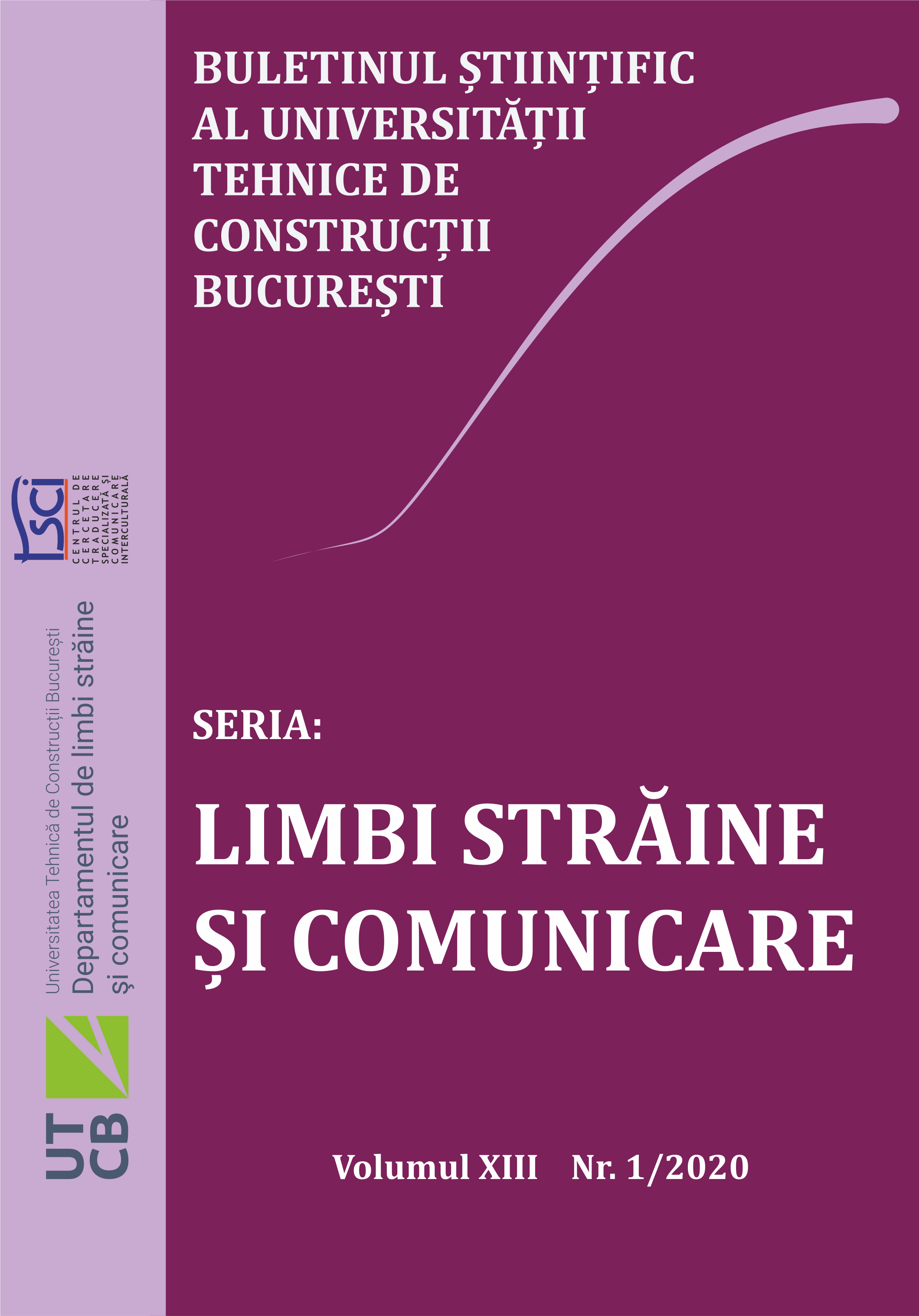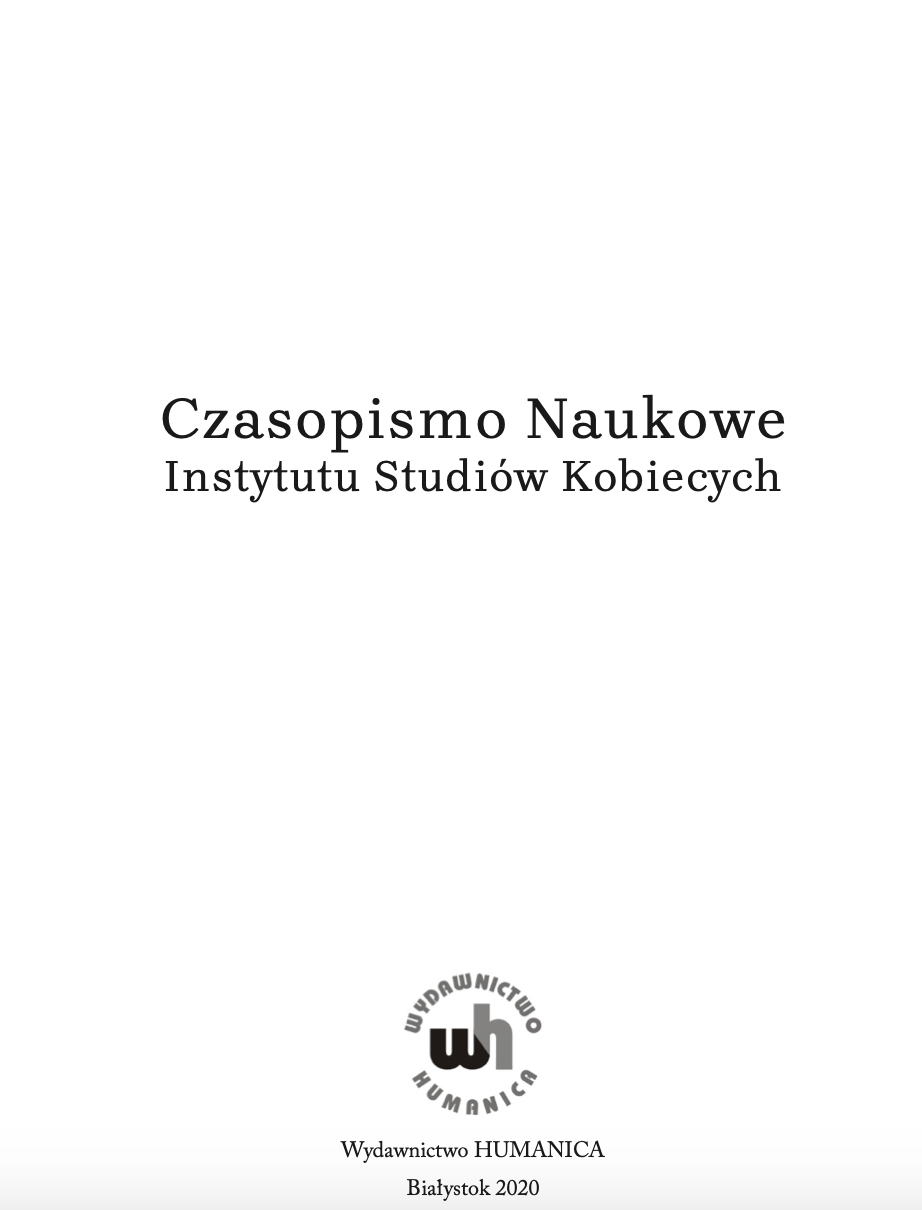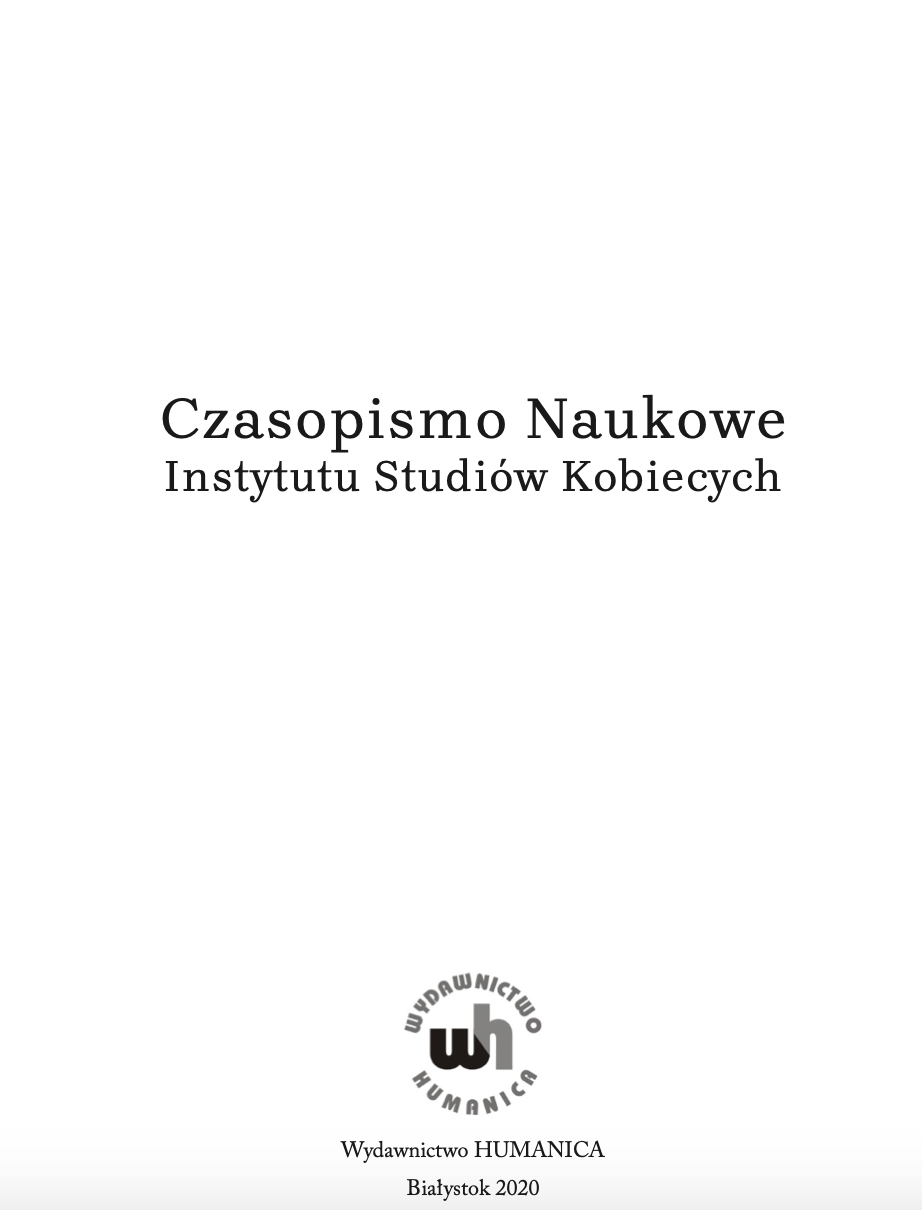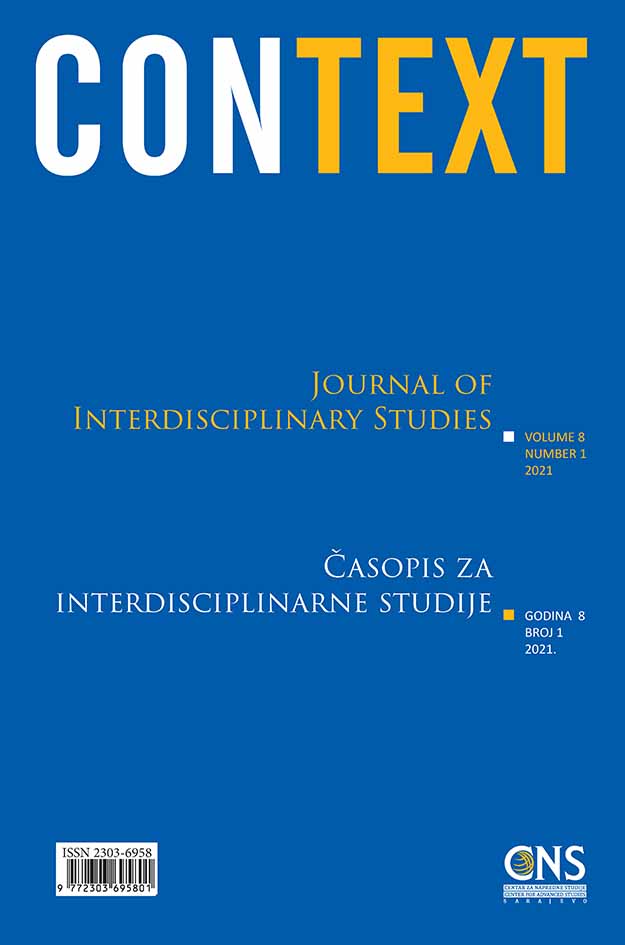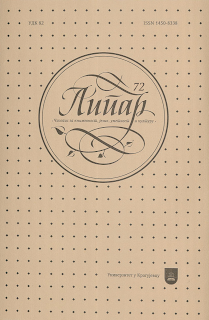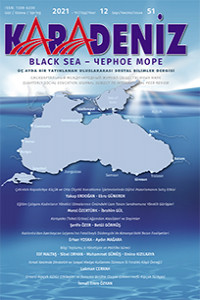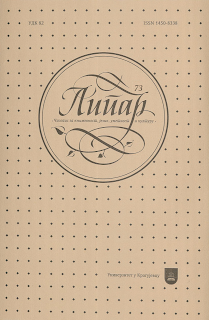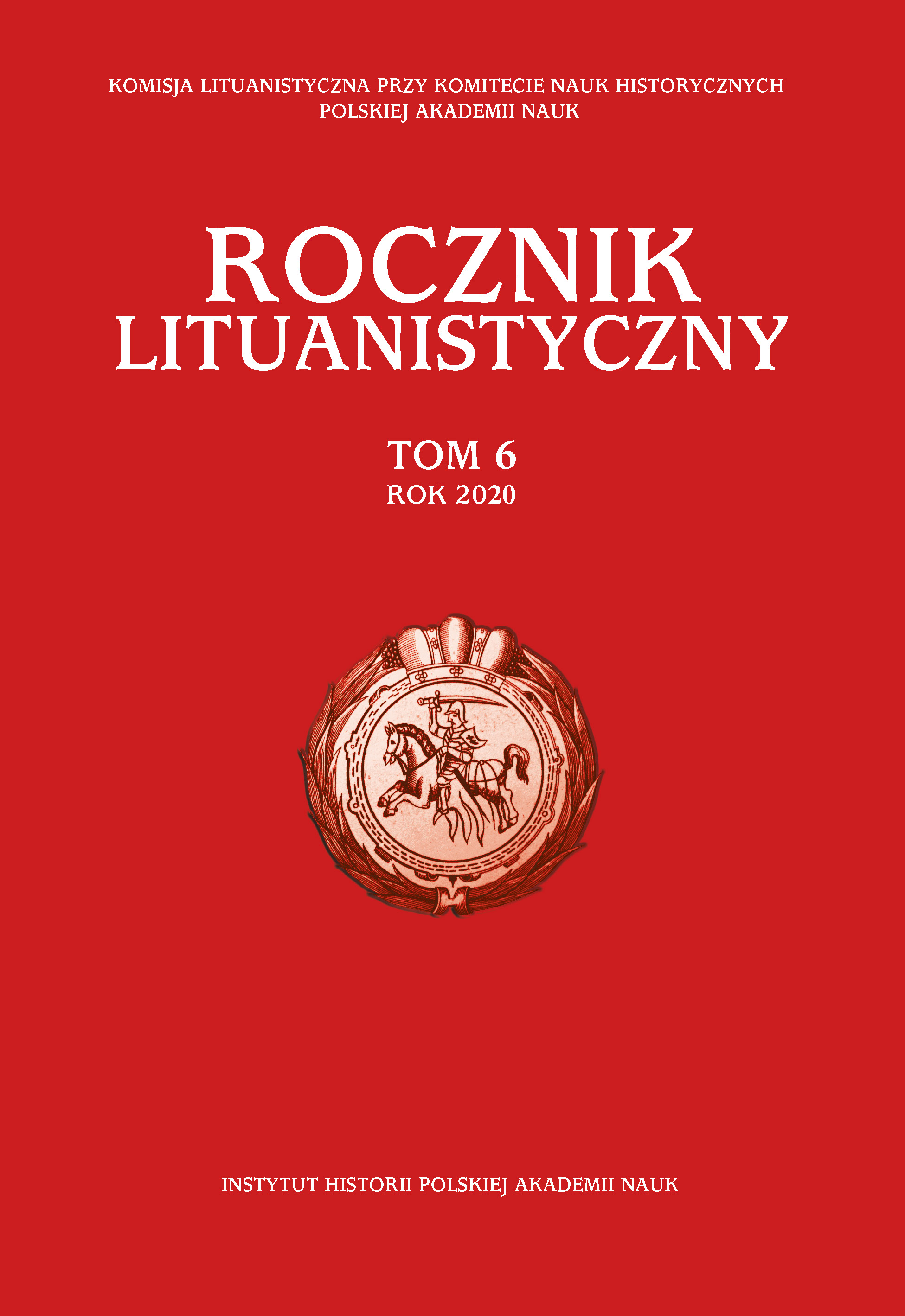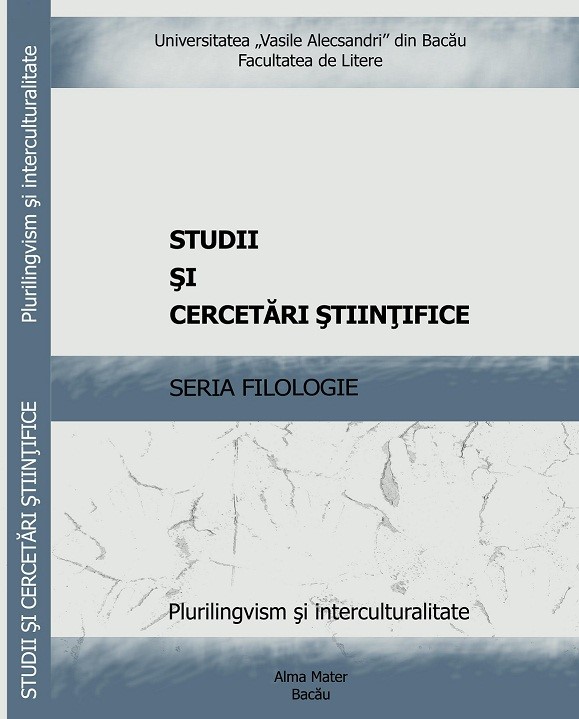
OBSESIA „UȘILOR LĂUNTRICE”. MOTIVUL NON-LOCULUI ÎN SCRIITURA CARCERALĂ A LUI PAUL GOMA
In The obsession of the "inner doors": The motif of non-place in Paul Goma's prison writing there are highlighted the main theoretical ideas related to Heidegger's concept of "place-of-opening", which became the sine qua non condition of being. At the same time, the interpretation of correlative couple existential significance "here-there" is emphasized as a mark of the relation place / non-place. The impact of the phenomenon on writing Romanian dissident since 1945, is being studied as one of the few opportunities to escape from communist totalitarian space.The option to interpret the work of Paul Goma is the fact that his destiny is an emblematic case of dissent of the Romanian culture. In this context, the study of the novel "The obsessive decade", which describes the picture of a devourer of space, will outline the split image of the personality, driven by the passion of writing, caught in its path of transition from a world subject to terror, towards a possible "paradise" which remains always suspended.Beyond the theoretical components, text analysis is imperative of the novels Ostinato, Uşa noastră cea de toate zilele, and În cerc, where the narrative technique and logic of the included Third, the irreparable destruction of the identity is revealed. The physical confinement outlines a parabolic path, determined by the necessity of forcing the inner "doors" and the creation of others, by returning to his own inner self. The research will highlight dissent chimerical image re-entry into freedom, emphasizing, through interdisciplinary philosophical and literary analysis, the problem of non-place. Enclosed in the "interior" in search of that "dwell-in" the gomian ego endures a psychological space and time, building under the eyelids "o imago mundi".
More...
